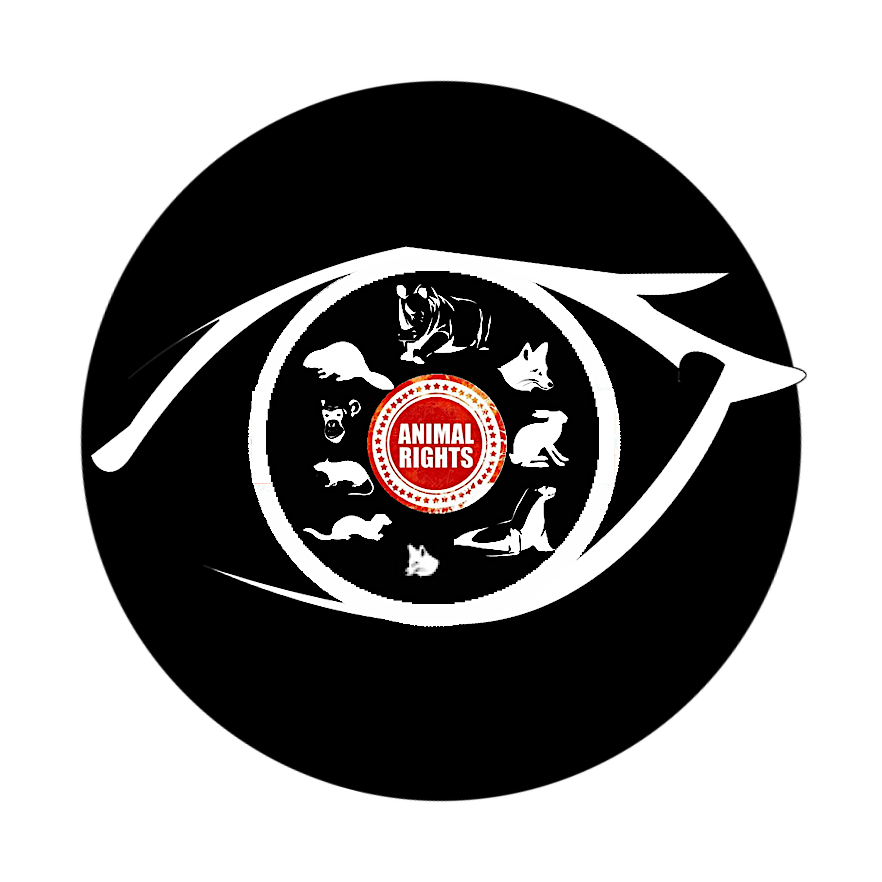October 2nd is celebrated each year as International Day of Non-Violence. This year, it also marks the golden anniversary of the U.S. Animal Rights Movement, the ultimate celebration of non-violence. Since 1975, visionary leaders and countless grassroots advocates carried forward a simple but powerful principle: animals are not ours to exploit for food, fashion, research, or entertainment…
Established in 2007 by the United Nations General Assembly, October 2nd is celebrated each year as International Day of Non-Violence. This year, it also marks the golden anniversary of the U.S. Animal Rights Movement, the ultimate celebration of non-violence.
Two important events marked the launch of the U.S. animal rights movement in 1975. Australian philosopher Peter Singer’s groundbreaking book Animal Liberation introduced a concept of animal rights to American audiences, while the 1975 World Vegetarian Congress in Orono, Maine inspired dozens of local groups and scores of books on the subject.
These two events ignited a wave of activism that reshaped our nation’s relationship with animals. Visionary leaders and countless grassroots advocates carried forward a simple but powerful principle: animals are not ours to exploit for food, fashion, research, or entertainment.
Fifty years later, the movement grew into a global force for non-violence, with millions opposing the exploitation and killing of animals for food and speaking out for those who cannot speak for themselves.
National animal protection organizations in existence before 1975, like the American Society for the Prevention of Cruelty to Animals and the Humane Society of the United States, merely sought to protect animals from “unnecessary” suffering. None advocated for the right of animals to live free of all human exploitation.
Publication of Animal Liberation introduced a concept of animal rights and prompted a number of individuals to initiate campaigns against cruel experiments on animals, leading eventually, to the formation of national animal rights organizations like People for the Ethical Treatment of Animals (PeTA).
Before the 1975 World Vegetarian Congress, vegetarian groups existed only in a handful of major cities or within the Seventh Day Adventist community. The Congress sparked the formation of more than 60 local vegetarian societies, with thousands of members and publication of a score of books.
The landmark July 1981 Action For Life conference in Allentown Pennsylvania brought the animal rights ideology and the vegetarian movement’s troops together to form the modern US animal rights movement, dedicated to ending the use of animals for food, fashion, research, and entertainment. FARM…
RELATED VIDEO:

